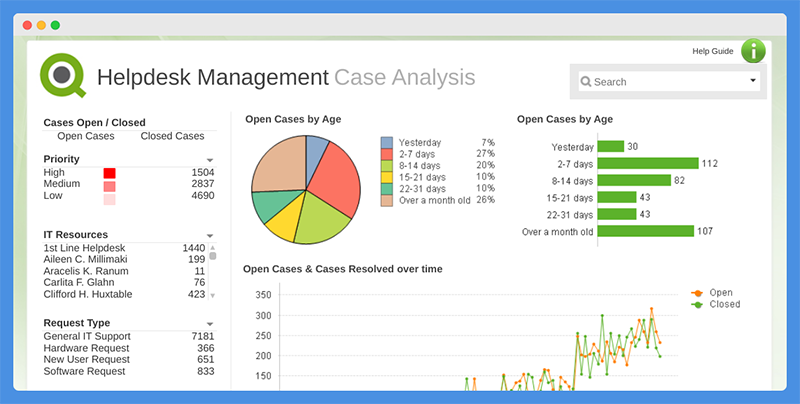Personal Career & Learning Guide for Data Analyst, Data Engineer and Data Scientist
Rotating tables is a common data analysis task, and QlikView makes it easy to perform this type of transformation. Table rotation, also known as transposing, involves taking the rows and columns of a table and swapping them to create a new table. This can be useful for viewing data in different ways, as well as for conducting further analysis on the data.
QlikView provides a simple and intuitive way to perform table rotation, making it a valuable tool for data analysts. With its drag-and-drop functionality, users can quickly and easily rotate tables, without the need for any programming knowledge. Whether you’re working with a small or large data set, QlikView makes it simple to get the results you need.
One of the biggest benefits of using QlikView for table rotation is its ability to save time and effort. Instead of manually rotating tables, users can let QlikView do the work for them, freeing up time that can be better spent on other tasks. This is especially important for data analysts who have large amounts of data to work with, as manual table rotation can be time-consuming and error-prone.
Another benefit of using QlikView for table rotation is its ability to provide accurate results. With its powerful algorithms and data analysis tools, QlikView can quickly and easily rotate tables, reducing the risk of errors that can occur when data is manually rotated. This helps ensure that the insights and decisions made by data analysts are based on accurate and reliable data.
In addition to its time-saving and accuracy benefits, QlikView also provides other features that are useful for data analysis. This includes the ability to sort and filter data, as well as the ability to perform calculations and transformations on the data. With QlikView, users can easily manipulate their data to get the results they’re looking for.
Another useful feature of QlikView for table rotation is its ability to save and reuse transformations. Once a table has been rotated, users can save the transformed data and reuse it at any time. This makes it easy to work with data over time, and eliminates the need to repeat the same transformations over and over again.
In conclusion, QlikView provides a powerful and flexible solution for rotating tables, making it a valuable tool for data analysts. With its ability to save time and effort, provide accurate results, and make table rotation easy and intuitive, QlikView is a must-have tool for anyone working with data. Whether you’re working with a small or large data set, QlikView has the tools you need to get the results you’re looking for, making it an essential tool for anyone working in data analysis.
QlikView for Data Analyst – QlikView – Rotating Tables
 Loading...
Loading...
Latest end-to-end Learn by Coding Projects (Jupyter Notebooks) in Python and R:
All Notebooks in One Bundle: Data Science Recipes and Examples in Python & R.
End-to-End Python Machine Learning Recipes & Examples.
End-to-End R Machine Learning Recipes & Examples.
Applied Statistics with R for Beginners and Business Professionals
Data Science and Machine Learning Projects in Python: Tabular Data Analytics
Data Science and Machine Learning Projects in R: Tabular Data Analytics
Python Machine Learning & Data Science Recipes: Learn by Coding
R Machine Learning & Data Science Recipes: Learn by Coding
Comparing Different Machine Learning Algorithms in Python for Classification (FREE)
There are 2000+ End-to-End Python & R Notebooks are available to build Professional Portfolio as a Data Scientist and/or Machine Learning Specialist. All Notebooks are only $29.95. We would like to request you to have a look at the website for FREE the end-to-end notebooks, and then decide whether you would like to purchase or not.
